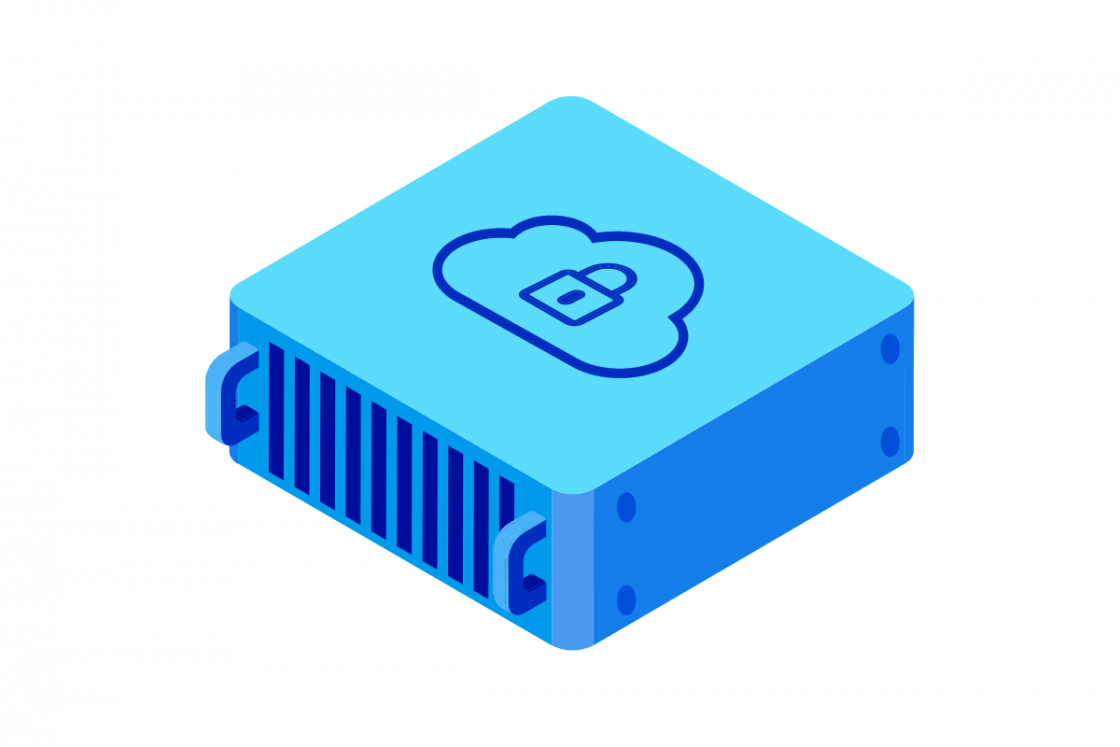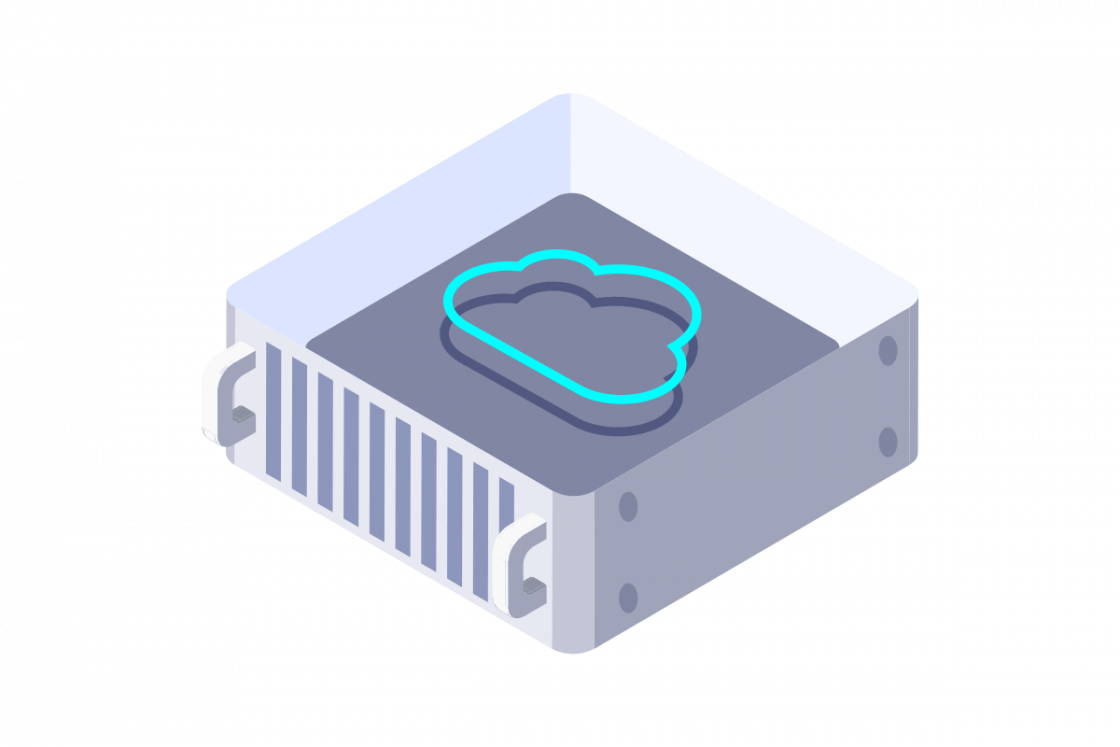What is iPaaS?
An iPaaS platform allows data flows between different applications, systems and services to be connected and automated, whether they are in the cloud or on-premises. This solution simplifies integrations, while providing centralized management and process automation. Find out how an iPaaS can transform your business.

iPaaS definition and core principles
iPaaS (Integration Platform as a Service) is a cloud computing solution that enables organizations to connect and integrate their different applications, systems and data sources, whether they are on-premises or in the cloud. It facilitates data exchange between these systems by centralizing integration processes and automating workflow management.
iPaaS is built on the principles of flexibility and scalability, enabling organizations to connect SaaS applications, internal systems, and heterogeneous computing environments. With APIs, preconfigured connectors and automation tools, iPaaS simplifies the management of complex integrations while providing enhanced security.
Data streams are managed in real time, enabling efficient synchronization and increased responsiveness. In addition, iPaaS offers solutions that are adapted to different use cases, from business process management to automation of daily tasks, while ensuring smooth integration between the different platforms used by the company.
How iPaaS works
iPaaS works by enabling the integration and management of data flows between various applications and systems within an enterprise, through various key elements:
API and connectors
iPaaS uses APIs (Application Programming Interfaces) and connectors to allow different applications and systems to communicate with each other. These APIs and connectors can be pre-configured or customized to the specific needs of each company. They connect SaaS applications, local systems and databases in the cloud.
Workflow Automation
iPaaS automates integration processes by orchestrating workflows across platforms. This allows data to be synchronized in real time, reducing human error and improving the efficiency of business processes.
Centralize and manage integrations
iPaaS offers a centralized platform to monitor and manage all integrations. This allows for simplified management of connected services and applications. Users can track the status of integrations, resolve issues quickly, and adapt flows as business needs change.
Thanks to this flexible architecture, iPaaS not only simplifies system integration, but also optimizes resource utilization and supports business growth, while reducing costs and time associated with custom developments.
The advantages of iPaaS
iPaaS offers many benefits for businesses, particularly in terms of flexibility, scalability, and cost reduction. Here are some of the key benefits of iPaaS:
- Scalability: iPaaS makes it easy for businesses to adapt to changing needs. Whether it’s adding new applications, integrating new systems, or increasing the volume of data flows, the platform can automatically scale to meet growing business requirements without requiring complex developments.
- Flexibility - With pre-defined connectors and the ability to customize APIs, iPaaS offers the flexibility to connect a wide variety of applications, both on-premises and in the cloud. This allows companies to integrate existing tools while scaling with new solutions.
- Cost-saving - By automating integration processes and eliminating the need for complex internal developments, iPaaS enables organizations to save on integration development and maintenance costs. In addition, workflow automation reduces human error and increases team productivity.
- Enhanced security: iPaaS guarantees the confidentiality of all data exchanged between systems. Security mechanisms, such as data encryption and access controls, are built in to protect sensitive information and ensure compliance with security standards.
- Ease of use - iPaaS platforms are typically designed to be accessible to non-technical users. With intuitive user interfaces and simplified management tools, even teams without development expertise can configure and manage integrations. This way, you can gain autonomy and responsiveness when managing business processes.
- Business Process Optimization: Workflow automation via iPaaS optimizes business processes, ensuring real-time data synchronization and smooth exchanges between applications. This improves team responsiveness and decision-making based on up-to-date information.
What are the use cases for iPaaS?
iPaaS offers a wide variety of use cases for businesses, addressing specific integration and automation needs.
Cloud and on-premises application integration
Businesses use iPaaS to connect cloud-based applications with internal systems, facilitating the exchange of data between disparate platforms. This enables centralized information and improved data consistency, while maintaining a flexible hybrid architecture.
Business Process Automation
iPaaS automates processes such as order management and data integration. For example, when placing an e-commerce order, it automatically updates inventory systems, accounting and delivery. Integration with CI/CD tools also facilitates continuous application deployment, ensuring regular updates and smooth service delivery.
Synchronize data across multiple systems
When a company uses multiple tools or platforms to manage its data (CRM, ERP, etc.), iPaaS allows these systems to be synchronized to ensure all data is up-to-date and consistent, thereby improving team effectiveness and the quality of the information used.
Interdepartmental Workflow Management
iPaaS facilitates collaboration between different departments within an organization by automating workflows between them. For example, a change in a customer’s CRM status can automatically trigger actions in marketing, customer service or finance tools, ensuring smooth and fast communication.
IoT (Internet of Things) Data Integration
Businesses deploying IoT devices can use iPaaS to integrate data from IoT devices into their existing systems, from performance analysis and inventory management to asset tracking. This allows you to leverage real-time data to optimize operations.
Extending ERP and CRM capabilities
iPaaS allows you to enhance the functionality of ERP (Enterprise Resource Planning) and CRM (Customer Relationship Management) systems by connecting them to new services and applications. For example, a business might add a data analytics solution or payment service directly to its CRM via iPaaS integration.
iPaaS vs PaaS & SaaS: what are the differences?
While PaaS and SaaS platforms are all cloud-based, just like iPaaS, they serve different needs.
The PaaS (Platform as a Service) offers a platform for developers to build, deploy and manage custom applications. It supports the underlying infrastructure, including servers, databases and storage, often in dedicated datacentres. However, unlike iPaaS, it does not focus on systems integration, but rather on developing and managing applications.
Meanwhile, SaaS (Software-as-a-Service) is a model where users can access cloud-hosted applications, such as CRMs, ERPs, or messaging tools, without having to manage the infrastructure. Unlike iPaaS, SaaS also doesn’t allow systems to be integrated or data flows to be automated. These are ready-to-use applications, which are often more rigid in their structure.
In short, iPaaS is unique in its ability to automate systems and data integration, PaaS in the creation and management of custom applications, and SaaS in the provision of out-of-the-box software. While iPaaS and PaaS offer greater flexibility and customization, SaaS is generally more standardized and limited in its integration options.
Your questions answered
Can iPaaS be used in a multi-cloud environment?
Yes, iPaaS is particularly effective in multi-cloud environments where multiple cloud providers are used simultaneously. With its ability to integrate diverse cloud, SaaS, and on-premises services, iPaaS makes it easy to connect and manage applications and systems across multiple clouds, while ensuring centralized management of data flows.
Can iPaaS be used to integrate mobile applications?
Yes, iPaaS can be used to integrate mobile applications with backend systems or other applications. By using the right APIs and connectors, it facilitates data communication and synchronization between mobile applications and enterprise platforms or systems, ensuring smooth and secure integration.
What are the main differences between iPaaS and Enterprise Service Bus (ESB)?
iPaaS and the BSE model have similar goals of integrating various systems and applications. However, iPaaS is generally more modern and designed specifically for cloud environments, while BSE is often used in on-premises or hybrid architectures. iPaaS offers scalability, automation and accessibility benefits, especially for businesses that prefer cloud solutions.
Is iPaaS suitable for businesses with real-time integration needs?
Yes, iPaaS is particularly well-suited to businesses that require real-time integrations. iPaaS solutions enable the management of real-time data flows between different applications and systems, which is crucial for industries such as finance, logistics or customer relationship management (CRM). It allows for instant synchronization of data between tools, ensuring optimal responsiveness.
Can iPaaS be used for integrating legacy systems?
Yes, although iPaaS is often combined with modern applications and cloud services, it is also compatible with legacy systems. iPaaS uses APIs, connectors, or adapters to integrate older tools with modern solutions, enabling smooth transitions and progressive system updates without having to completely replace legacy tools.
Can I use several iPaaS solutions simultaneously in a company?
Yes, it is possible to use multiple iPaaS solutions within the same company, especially if the company is using applications or services from different vendors. Some organizations prefer to use specialized solutions for specific use cases (e.g. iPaaS for marketing applications and another for finance). iPaaS is flexible and enables integration of diverse platforms while maintaining a consistent view of data and workflows across the enterprise.
OVHcloud and iPaaS
OVHcloud helps organizations optimize their data flows and manage their systems with a flexible, secure infrastructure. Discover our solutions for integrating SaaS applications, internal systems and third-party solutions, adapted to your iPaaS needs.

Managed Kubernetes Service
Deploy and manage cloud applications on Kubernetes with total flexibility. Ideal for multi-cloud integration and workflow automation, this solution ensures simplified management and maximum application scalability.

Private Network
Create secure private networks to connect your applications and services in a hybrid or multi-cloud environment. This solution offers smooth integration and highly secure communication between your systems, making it easy to automate workflows and manage data.

OVHcloud Cloud Data Platform
Centralize and connect your data from a variety of sources for optimized management. This platform enables seamless system integration with real-time access to critical decision-making data.